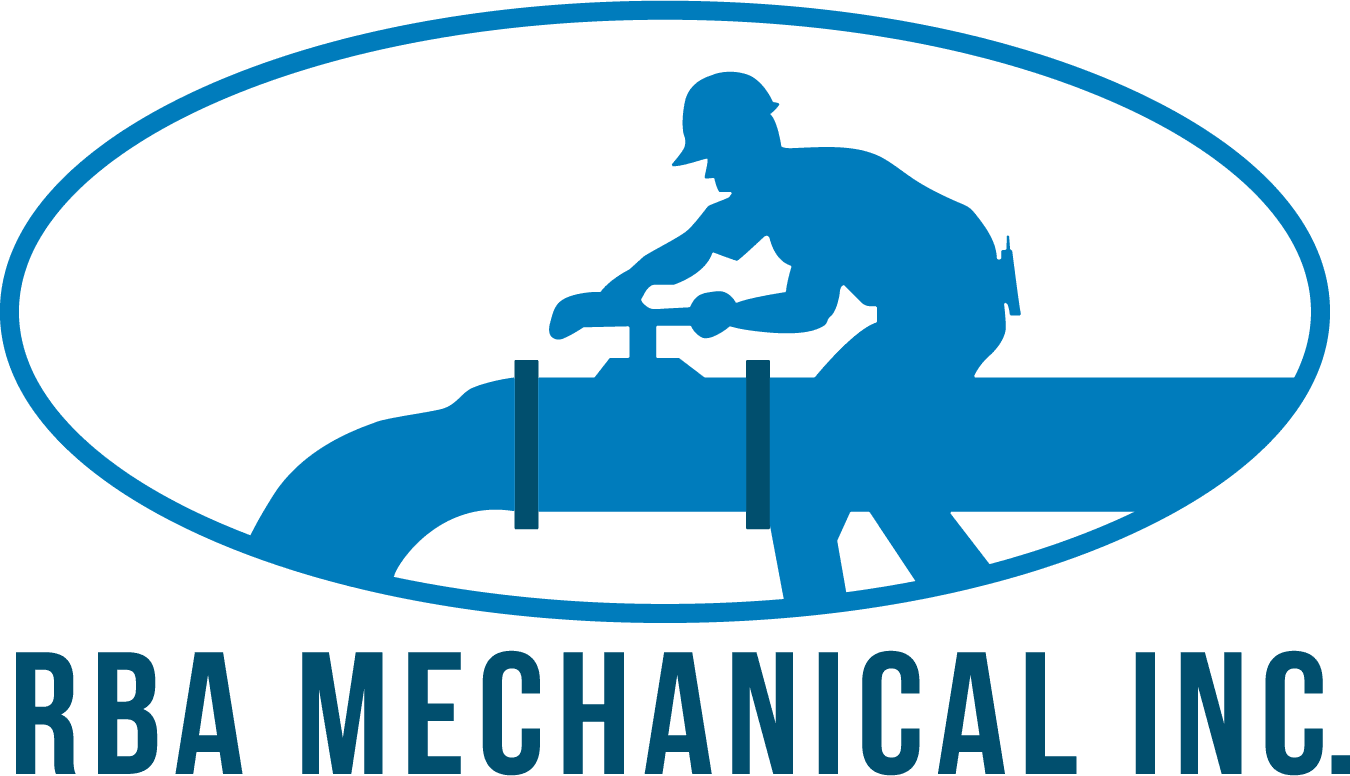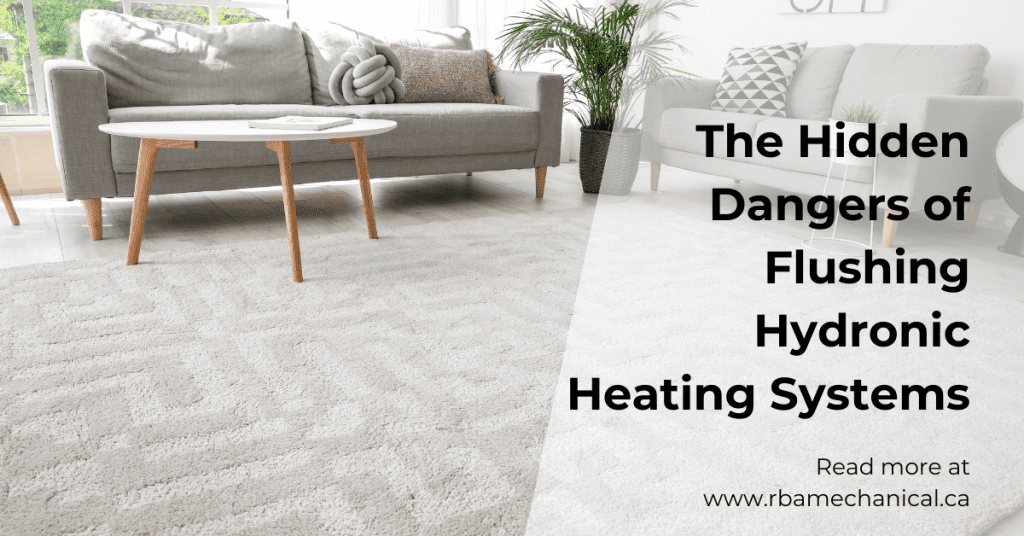Why flushing a hydronic heating system is not recommended
Introduction to Hydronic Heating Systems
Hydronic heating systems have become a popular choice for efficient home heating. They offer comfort and warmth, relying on water to distribute heat through pipes or radiators. Many homeowners appreciate their energy efficiency and ability to provide consistent temperatures. However, like any system, hydronic heating requires maintenance to function optimally.
One common maintenance practice some may consider is flushing the system. But is it really necessary? Is it even safe? As we delve deeper into this topic, you’ll discover why flushing a hydronic heating system might not be the best approach for keeping your home cozy and warm. Let’s explore the intricacies of these systems and uncover alternatives that can better serve your needs without putting your investment at risk.
The Importance of Maintenance
Regular maintenance is essential for keeping a hydronic heating system functioning efficiently. Just like any other home comfort system, neglecting it can lead to problems down the line.
Routine checks help identify potential issues early. This proactive approach minimizes costly repairs and ensures consistent warmth throughout your space.
Additionally, well-maintained systems operate more efficiently. They consume less energy, which translates into savings on utility bills. A small investment in upkeep can yield significant returns.
Seasonal inspections also enhance safety. Anomalies such as leaks or pressure imbalances can be addressed before they pose risks to your home and family’s wellbeing.
Moreover, proper maintenance extends the lifespan of the components involved in your hydronic heating setup. This means fewer replacements and better overall performance over time, making it an important aspect of responsible homeownership.
Flushing a Hydronic Heating System: What is it?
Flushing a hydronic heating system involves circulating water through the pipes and components to remove dirt, debris, and buildup. This process aims to enhance efficiency and improve overall performance.
During flushing, technicians typically use specialized equipment that introduces cleaning agents into the system. These agents help break down sludge and other contaminants that can accumulate over time.
The goal is to achieve a cleaner environment for heat transfer within the system. By doing so, it’s believed that homeowners can enjoy better energy efficiency and extended lifespan of their heating components.
However, it’s essential to approach this practice with caution. Flushing isn’t always as straightforward or beneficial as it might seem at first glance.
Why Flushing is Not Recommended
Flushing a hydronic heating system might seem like a good idea to remove debris and buildup. However, it can lead to more problems than solutions.
The process of flushing forces water through the pipes at high velocity. This sudden rush can dislodge sediment but also risks damaging components. Fittings, valves, and even the heat exchanger may suffer from this aggressive approach.
Moreover, flushing doesn’t address underlying issues like corrosion or leaks. Instead of solving these problems, it might just mask them temporarily.
Additionally, if not done correctly, the flush could introduce air into the system. Air pockets can create cold spots in your heating system and reduce efficiency overall.
There’s always a risk that harmful contaminants will be stirred up during flushing. This creates potential hazards for both equipment and indoor air quality over time.
Risks and Consequences of Flushing a Hydronic Heating System
Flushing a hydronic heating system can lead to several risks that homeowners should consider. One major concern is the growth of bacteria in hydronic heating systems. Bacteria feed on the oxygen present in fresh water, enabling their proliferation within the fluid.
Additionally, flushing can introduce air into the pipes, leading to noisy operation and reduced efficiency. Air pockets disrupt fluid flow, causing uneven heating throughout your space.
There’s also the danger of damaging components such as pumps and valves during the process. The high-pressure water used for flushing may inadvertently harm sensitive parts.
If incorrect chemical additives are used during flushing, these could corrode or adversely affect system materials if not properly managed. This increases maintenance costs down the line as repairs become necessary due to premature wear or failure of key components.
Alternative Ways to Maintain a Hydronic Heating System
Regular inspections are vital for keeping a hydronic heating system in top shape. Scheduling annual lab testing with a qualified technician can help identify issues before they escalate.
Bleeding radiators is another simple maintenance task homeowners can do themselves. This process releases trapped air, allowing the system to operate more efficiently.
Preventative chemical treatments can also be beneficial. These specially formulated additives keep pipes clean and reduce corrosion, enhancing the lifespan of your system.
Ensure that your boiler is properly vented and maintained. A well-functioning boiler not only improves efficiency but also prevents dangerous gas buildup.
The use of a high quality sidestream filter assembly is essential in maintaining a clean environment within the hydronic heating system.
Conclusion
Maintaining a hydronic heating system is crucial for its efficiency and longevity. While flushing might seem like a straightforward solution to keep things running smoothly, it carries more risks than benefits. Not only can it disrupt the delicate balance within the system, but it also poses significant threats to components that are not designed to handle such drastic changes.
Instead of opting for flushing, consider alternative maintenance strategies. Regular inspections by professionals, routine checks on pressure levels, and ensuring clean water quality will go a long way in preserving your system’s health. By taking proactive steps and avoiding unnecessary risks associated with flushing, you can ensure that your hydronic heating system remains efficient and reliable throughout the seasons.
Investing time in proper maintenance practices ultimately leads to a more effective heating solution for your space while safeguarding against potential damage or costly repairs down the line. Your hydronic heating system deserves careful attention—treat it well, and it will serve you faithfully.
Request Service or Get a Free Quote
Use the links below to browse more tips and advice or use the back button on your browser to return to the previous page.

